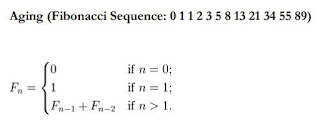March is Women's History Month!
March 8 is International Women's Day!
March 8 is International Women's Day!
and here in this blog we celebrate math-women with poems!
Herein appear lots of poems featuring women in math and the SEARCH box in the right-column may help you find them. To find a list of useful search terms, scroll down the right-hand column. For example, here is a link to a selection of poems found using the pair of search terms "women equal." AND, here are links to several poems to get you started:
A poem by Brian McCabe about Sophie Germain;
a poem by Eavan Boland about Grace Murray Hopper;
a poem by Carol Dorf about Ada Lovelace;
a poem of mine about Sofia Kovalevsky;
a poem of mine about Emmy Noether.







